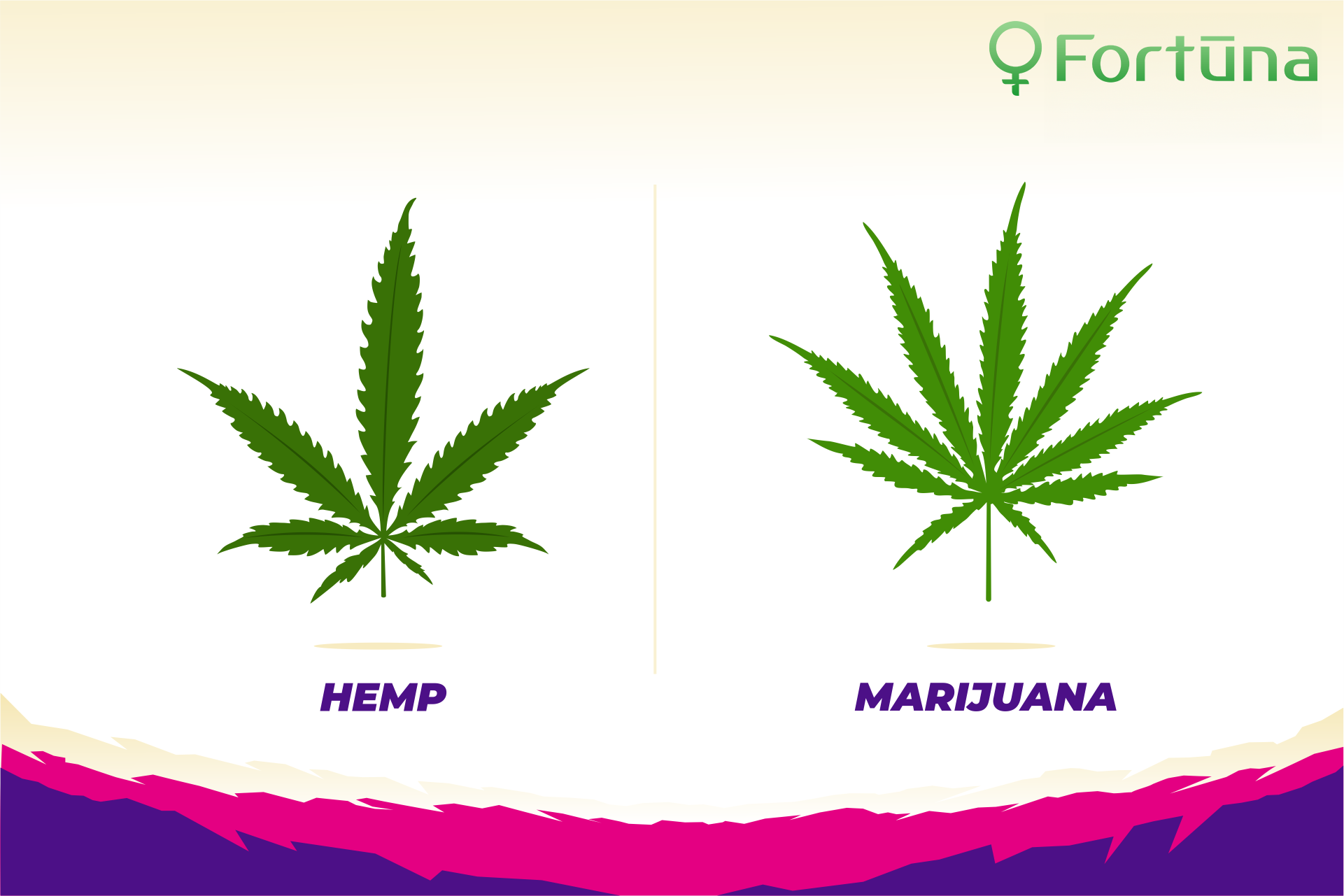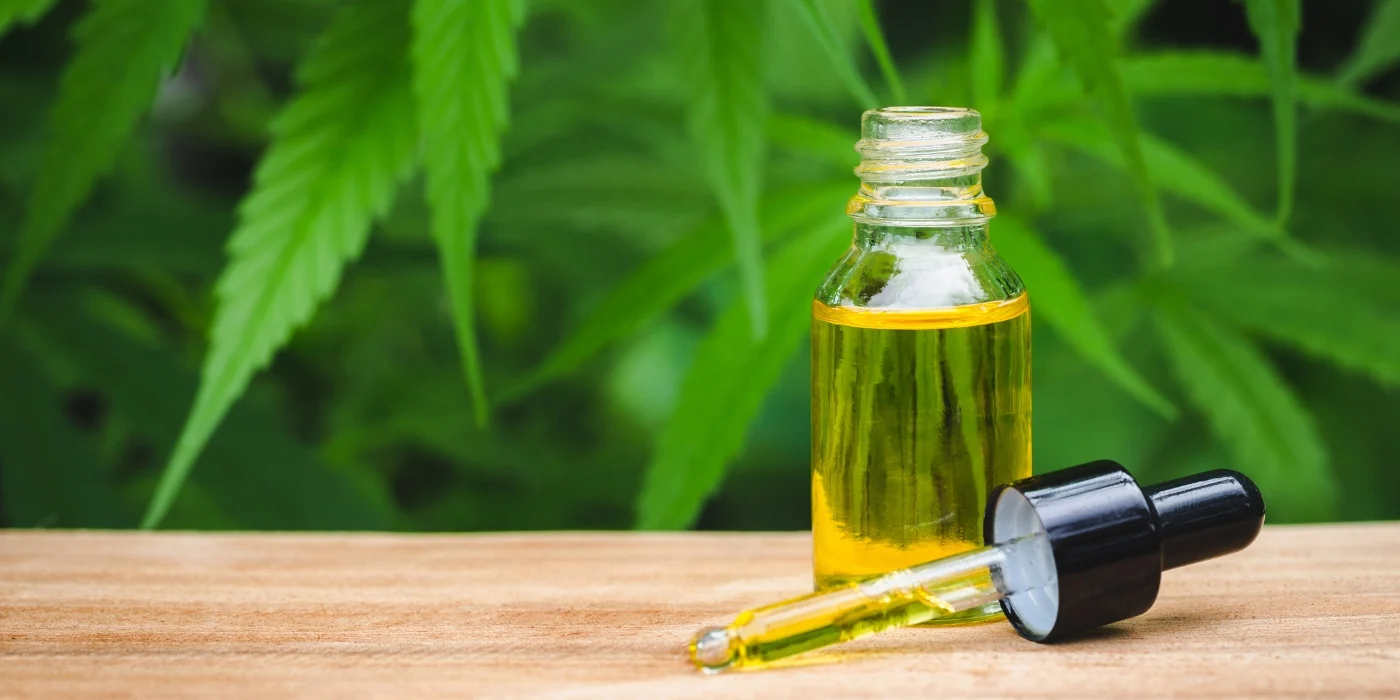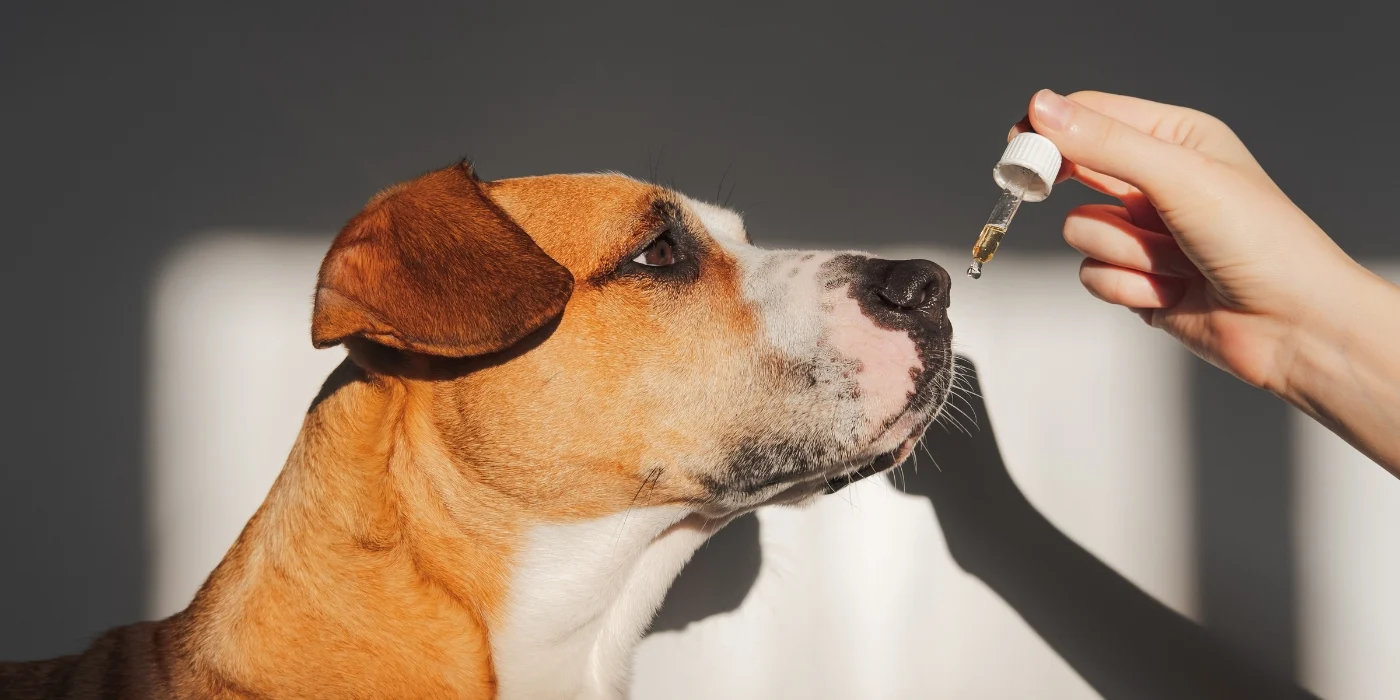
- CBD
-
by gu
The difference between hemp and marijuana is a little bit confusing. Consequently, people tend to lump hemp and marijuana together as one and the same. Even the US government got caught in that trap back in 1937 when they banned hemp production through the Marihuana Tax Act. The Marijuana Tax Act was a response to national propaganda against marijuana, or “weed.” Even though hemp and marijuana have very different functions and applications, the US government banned hemp alongside marijuana almost a century ago.
Hemp was not re-legalized for production until recently with the passing of the 2018 Farm Bill. After decades of debate, the US government finally recognized that hemp and marijuana are not the same. Federally, marijuana is still a Schedule I controlled substance, though many US states have legalized it for either recreational or medical use.
The Biology of Cannabis
The reason people think there is no notable difference between hemp and marijuana because they are both different types of cannabis plants. At some point, the term “cannabis” became interchangeable with “marijuana,” a substance known for making users feel intoxicated or “high.” However, marijuana is just one type of cannabis plant. Hemp is another.
Technically, cannabis is a genus, part of the Cannabaceae family. Scientists separated the cannabis genus into three main species: Cannabis sativa, Cannabis indica, and Cannabis ruderalis. However, many modern scientists classify only one species of cannabis, Cannabis Sativa, with varieties within that species. Moreover, they do not consider them different enough to classify them as separate species. Those varieties or sub-species include Indica, Ruderalis, and Vulgaris. Ruderalis is wild hemp, and Vulgaris is cultivated hemp.
In short, most scientists recognize only one species of cannabis. Both hemp and marijuana are types of the same species: Cannabis sativa. Still, hemp and marijuana have clear genetic distinctions from one another. These distinctions have led to their differences in cultivation and use. Historically and to date, marijuana’s primary use has been as a psychotropic drug in medicine and for recreation. The main use of hemp, on the other hand, has been for a wide array of products, including textiles, industrial goods, building materials, and nutritional products. Regardless, the fact that they are the same species is likely why the law has failed to recognize their differences for so long.
The Difference Between Hemp and Marijuana
The most important difference between hemp and marijuana is that categorically, hemp contains no more than 0.3 percent THC. Any cannabis plant with more than 0.3 percent THC is automatically considered marijuana. This difference is crucial because THC, the most dominant cannabinoid in cannabis, is the part of the plant that makes users feel “high.”
This definition of hemp, that it is a type of cannabis with 0.3 percent or less THC began in the 2014 Farm Bill when it defined “industrial hemp” specifically. The updated 2018 Farm Bill expanded that definition to include “hemp” in general, not just “industrial hemp.” With this updated definition came reduced restrictions. The 2014 Farm Bill permitted hemp cultivation primarily for research and only in states that allowed hemp production.
The 2018 Farm Bill removed hemp from the controlled substances act, thereby defining it as a separate substance than marijuana. Hemp’s cultivation, processing, marketing, and sale became legal by any authorized grower as long as it complied with federal USDA regulations and state regulations. In other words, in 2018, the Us government finally recognized the difference between hemp and marijuana.
Furthermore, a substance’s usage amount matters because marijuana contains a lot of THC. People who use marijuana recreationally enjoy its euphoric, intoxicating effects. Conversely, hemp is non-intoxicating, so people do not typically consume it recreationally.
Why Defining the Difference Between Hemp and Marijuana Matters
Cannabis plants are full of naturally occurring substances called cannabinoids. THC is one of those cannabinoids, though there are at least 143 others. THC is the most prominent cannabinoid in marijuana, and cannabidiol, better known as CBD, is second-most prominent. Hemp, which has very little THC, is usually dominant in CBD, though other cannabinoids like CBG are starting to catch fire, as well. CBD is non-intoxicating, an attractive element of the substance that separates it from its cannabinoid cousin THC.
With more and more states legalizing marijuana and with hemp now federally legalized, research into the potential health benefits of cannabinoids has skyrocketed. Mostly, that research has focused on CBD and THC. Since then, the FDA approved one CBD-based drug called Epidiolex to treat rare forms of epilepsy. In addition, pre-clinical and clinical trials regarding the therapeutic potential of CBD has shown promising results.
Differentiating hemp and marijuana means that people across the entire US have legal access to CBD and other non-intoxicating cannabinoids. We still need more research to prove that CBD can help with various health conditions, but in the meantime, anecdotal evidence from CBD users has skyrocketed its popularity.
CBD research often focuses on whether it can help people deal with anxiety and sleep issues, likely due to all of the anecdotal evidence from CBD users. We need more research to conclude definitively that CBD can help relieve these symptoms, but the evidence is mounting in CBD’s favor. Meanwhile, many people are taking CBD as a holistic approach to managing their anxiety and sleep problems.
CBD From Hemp Versus CBD From Marijuana
The source of CBD products largely determines its legality. Scientifically speaking, this rule doesn’t make a lot of sense. CBD is a molecule. It remains the same regardless of if its origin, either extracted from hemp or marijuana. Still, marijuana-derived CBD is federally illegal because marijuana is federally illegal.
This is because the 2018 Farm Bill states that hemp and hemp-derived products are federally legal. It does not explicitly state CBD is legal. So, CBD is only legal at a national level if it comes from hemp (and has less the 0.3 percent THC). Marijuana-derived CBD is federally illegal even if it contains no THC.
More Practical Uses of Hemp
Recognizing hemp as separate from marijuana means that more people and businesses will witness its variety of uses. While the CBD from hemp may have therapeutic potential for humans and animals, hemp has other elements that are useful as well.
Hemp’s uses include building materials, paper, rope, clothing, food, bioplastics, biofuel, and insulation. As such, hemp’s potential to help the planet battle grave issues like climate change and hunger is vast. Investing in hemp might be an essential way for the world to move forward by allowing society to rely less on substances that harm the planet, like traditional oil and plastic.
Historically, farmers have cultivated hemp for many uses. Unfortunately, most of that came to a halt globally when the US made it a controlled substance. Today, hemp is experiencing a renaissance thanks to the changing attitudes toward hemp amongst international governments. Over thirty countries worldwide now cultivate hemp, with China as the leader in production and exportation.
Cultivating Hemp Versus Marijuana
Because of the different uses for hemp and marijuana, their method of cultivation is also very different. Marijuana requires careful cultivation. Growers breed marijuana to optimize certain characteristics in the budding flowers of the female plants. This requires that growers put a lot of time and energy into cultivating exactly what they want. Correct growing conditions, which include things like light, humidity, and temperature, are necessary to yield the results they are looking for when growing marijuana. The atmosphere must be highly controlled.
By contrast, industrial fiber and grain hemp do not require much care or attention. The idea is to maximize the size and yield, and that’s it. As such, growers can cultivate grain and fiber hemp outdoors, giving it lots of space to flourish. Moreover, there is usually no need for lighting, temperature, or humidity control when growing these crops. Hemp can thrive in versatile growing conditions and restore contaminated soil, which means that growers can repeatedly reuse the soil with minimal amendments.
Finally, there’s CBD hemp, which requires a bit more attention. CBD comes from the flowering buds of the plant, which only female plants produce. Farmers who wish to grow hemp for CBD or other non-intoxicating cannabinoids do not want male hemp plants. Consequently, they might consider using feminized hemp seeds, or seeds that breeders specially develop to produce female-only plants. Feminized seeds help growers yield more hemp flowers, leading to a higher harvest and more CBD from their plants.
Differentiating Between Hemp and Marijuana Plants
To the naked eye, hemp and marijuana look identical. This has caused great confusion among law enforcement and customs personnel. Cops across the US have mistaken industrial hemp for marijuana and thus confiscated it unlawfully. Some hemp growers have taken legal action for damages to their hemp business from unlawful confiscation.
To make it easier for law enforcement to differentiate between legal hemp and illegal marijuana, the Drug Enforcement Agency (DEA) began looking for companies that can make test kits to determine if a plant is hemp or marijuana quickly. As of August 2020, a field kit called TRU has been developed. It can distinguish hemp from marijuana in roughly five minutes. TRU’s developers include a team of researchers from Purdue University in their Crime, Forensics, and Security Analysis department who joined up with Hemp Synergistics, LLC.
Federal Marijuana Legalization May Be Coming Soon
Despite its costly development, TRU may not have much use for too much longer, as federal marijuana legalization seems to be looming in the US. In December 2020, the US House of Representatives voted to federally decriminalize marijuana and expunge related crimes in a landmark bill. The bill may not pass through the Senate, but the fact that marijuana talks are on the table federally is significant in and of itself.
Canada legalized marijuana federally in 2018, and more and more US states legalize it every year. Marijuana is currently a Schedule I drug, which means it has no accepted medical use and a large potential for abuse. Ongoing cannabis studies continue to reveal that neither seems to be the case for marijuana, so it is likely only a matter of time before the US government catches up with the science.
Buying Feminized Hemp Seeds from Fortuna Hemp
The hemp industry has been booming lately. Hemp growers who wish to cultivate CBD should consider feminized seeds a wise investment.
Feminized hemp seeds tend to be slightly more expensive than regular hemp seeds, but for a good reason. Male plants do not flower. When buying regular hemp seeds, most crops end up around half male and half female. This means that roughly half of the crop will be useless – and potentially detrimental — to CBD hemp farmers. Buying feminized seeds ensures the whole crop will be female and that no males will pollinate female flowers, thereby reducing their potency.
Fortuna Seeds is a US hemp seed bank that specializes in feminized CBD hemp seeds. We only offer the highest quality feminized seeds to licensed commercial hemp growers. Our seeds are always reliable so that growers don’t have to worry about male hemp plants pollinating female flowers. We also offer top-notch hemp seed starts to help extend outdoor growing seasons and improve seed germinating efficiency. Moreover, we offer education and resources to help growers make the most out of their CBD hemp seeds.
Contact us for more details or sign up for our newsletter to receive news and hemp farming information delivered right to your inbox.
Are you a hemp farmer? We’d love to hear about your experience in the legal hemp industry. Comment below or share your story on social media.



